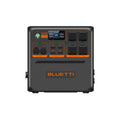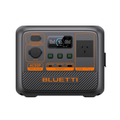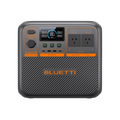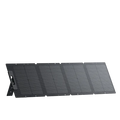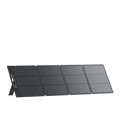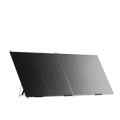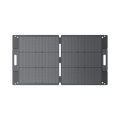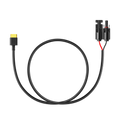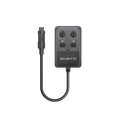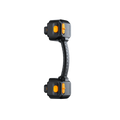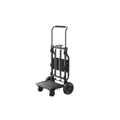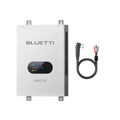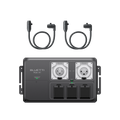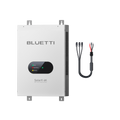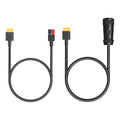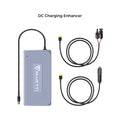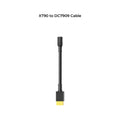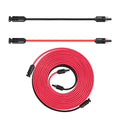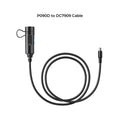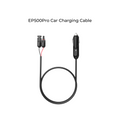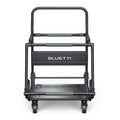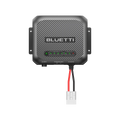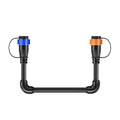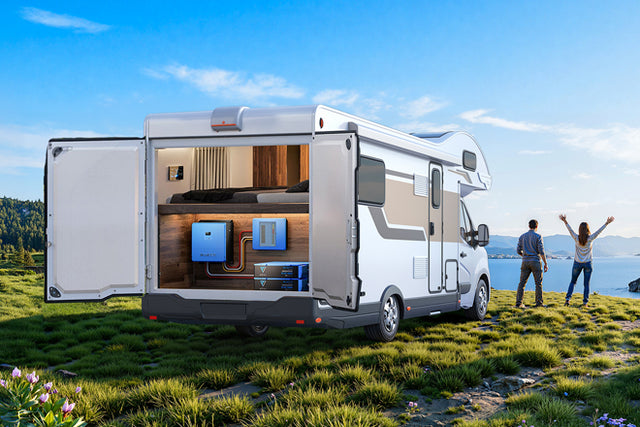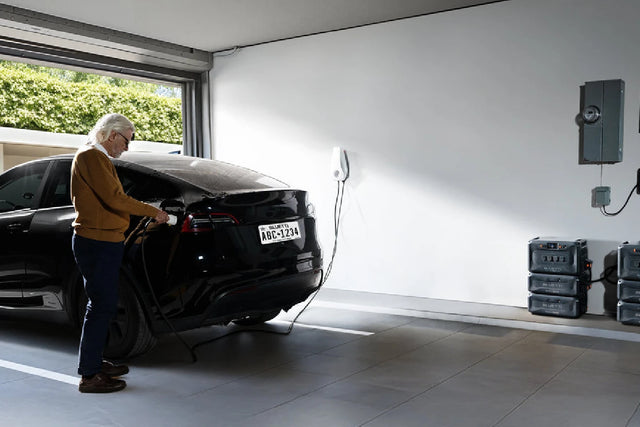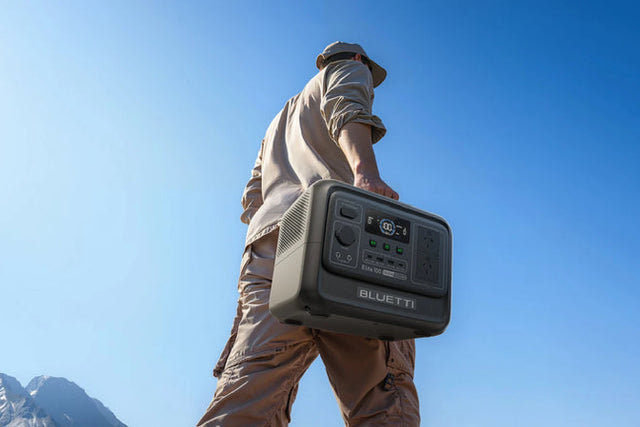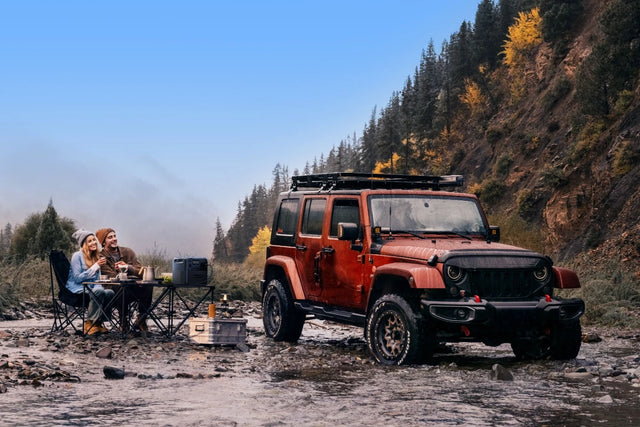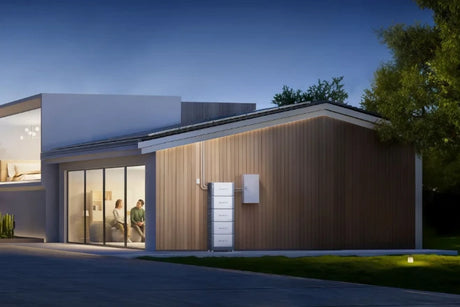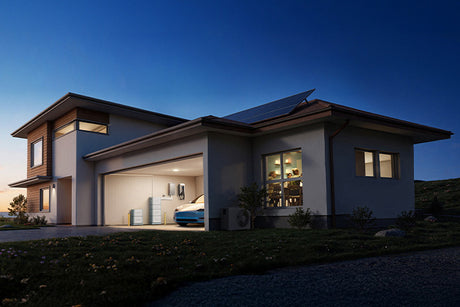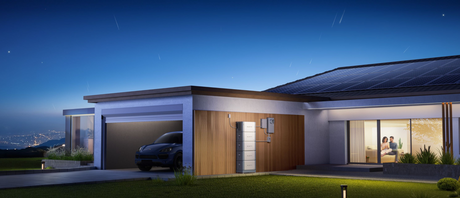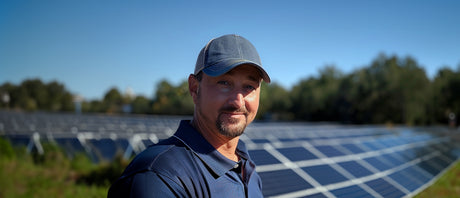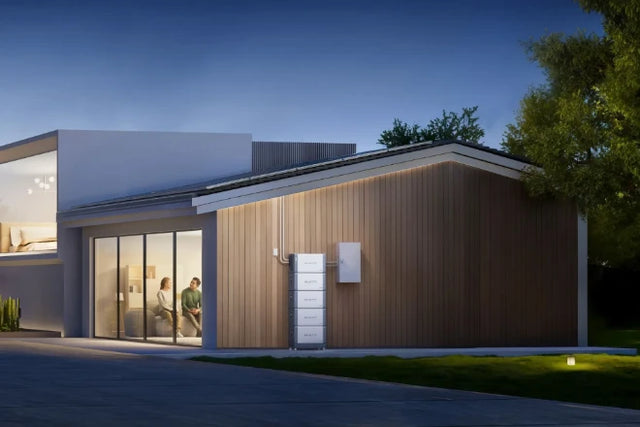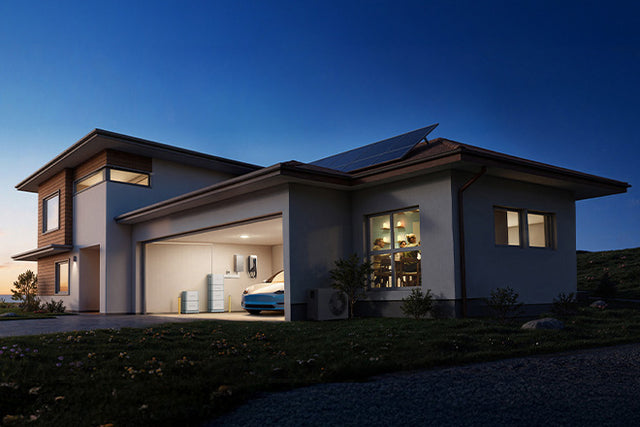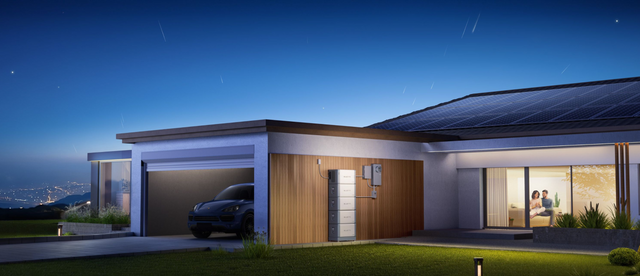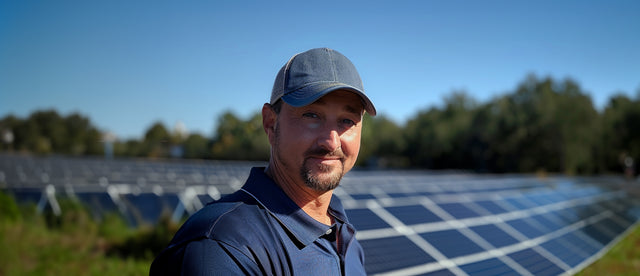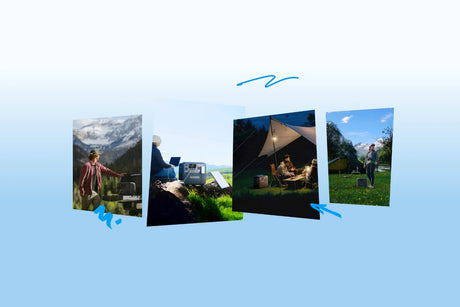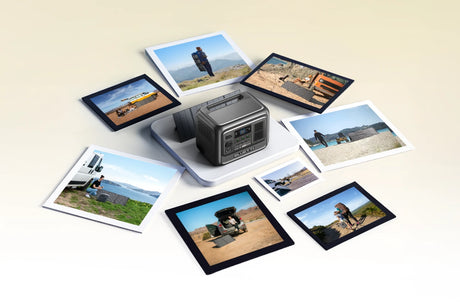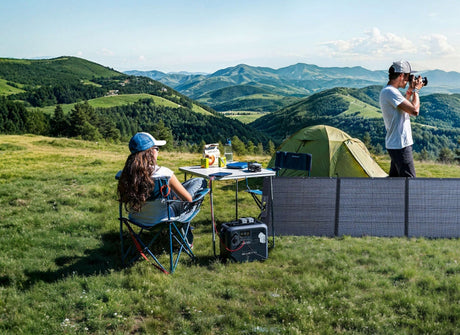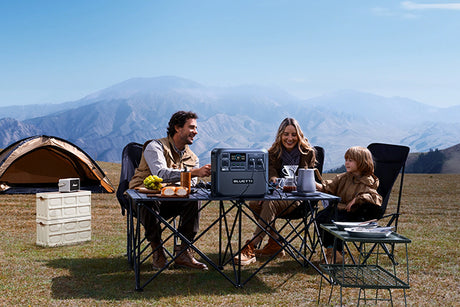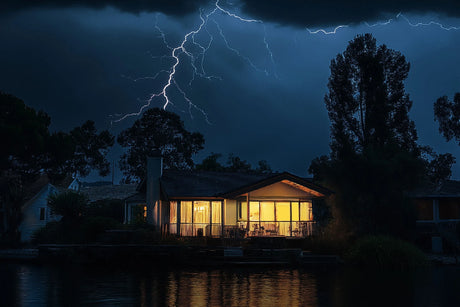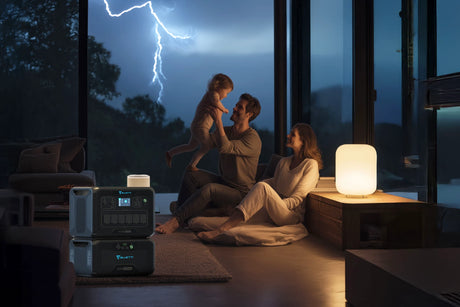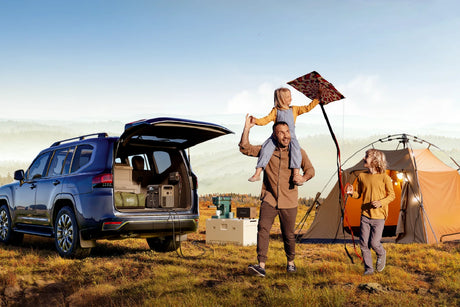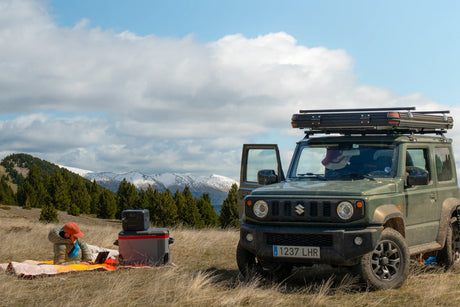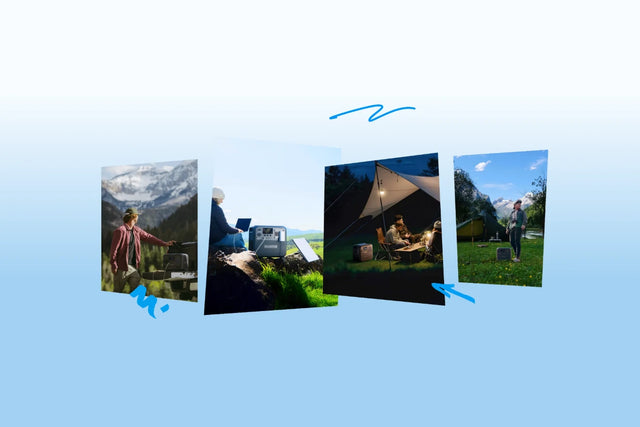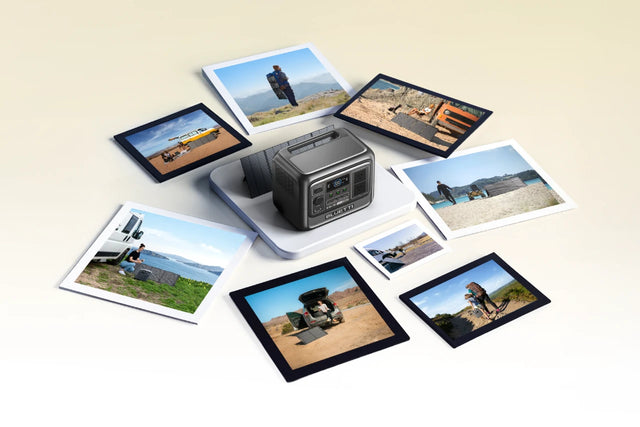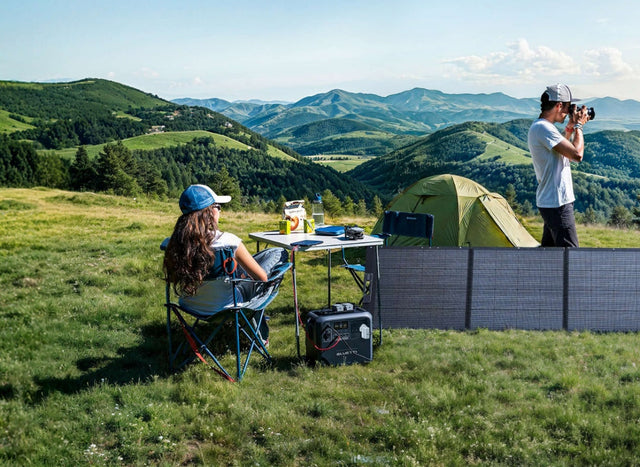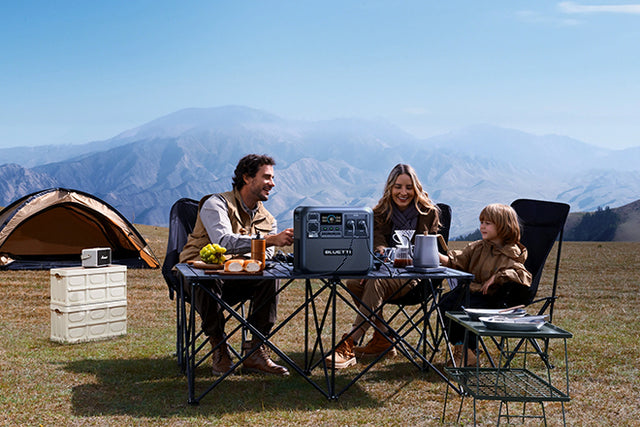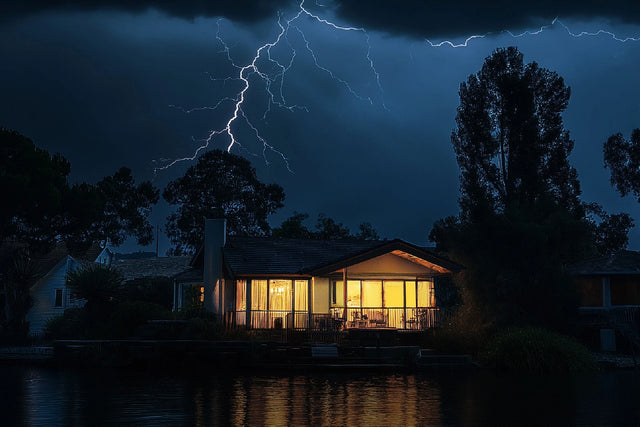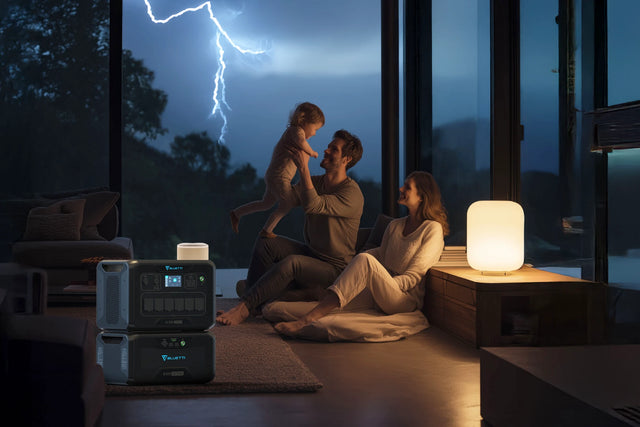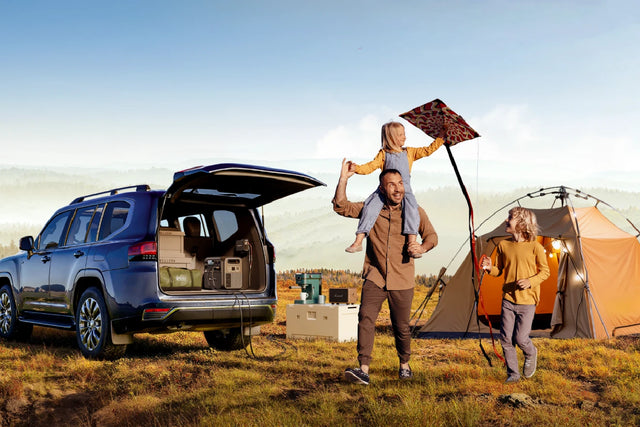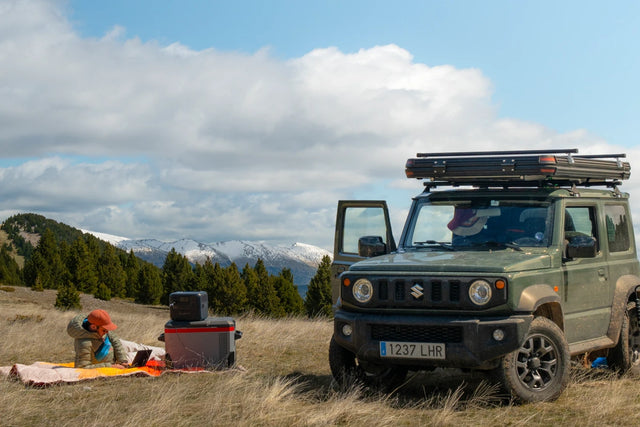Taking a trip to your off-grid cabin can serve as the perfect weekend getaway you need to escape the rigors of your day-to-day life. And relieve some of that stress you’ve been carrying around.
Thanks to portable solar panels, you no longer have to forgo the luxury and convenience of your essential electrical appliances because of a lack of electrical power.
In this article, we will explain how to use portable solar panels on your next remote living adventure to make it more relaxing and enjoyable.
Understanding Off-Grid Cabins?
Off-grid cabins are a staple of remote living and are one of the most preferred choices for people wanting to take a break from the hectic and rigorous city life. As such, before we move on to using portable solar panels, we should first understand what an off-grid cabin actually is.
An off-grid cabin is a small house that is not connected to municipal or city gas, sewage, water, and power lines. That is why, all the required power for the cabin has to be locally generated on-site. This is usually done using portable panels or solar generators, as we will explain in this article.
Generally, off-grid cabins are quite small. This helps keep the power requirements of the cabin to a minimum since smaller homes are easier and require less energy to warm up and power compared to larger homes.
In short, the power consumption for an off-grid cabin will be significantly lower than that of a normal apartment or home, making portable panels the perfect power source for them.
How to Use Portable Solar Panels for Your Off-Grid Cabin
The working concept of portable panels is similar to that of traditional roof-mounted solar panels. You install the portable panels on the roof of your cabin or on the ground, generally anywhere that receives optimal sunlight. Once the panels start generating power, the produced power flows into a battery bank where it is stored for later use.
The power generated by the solar panels is DC and therefore, must be converted to AC using an inverter, provided that you’re powering AC appliances and devices off of your portable solar system. If your appliance(s) runs on DC, the power directly flows into them without undergoing any conversions. Portable solar panel systems offer both AC and DC outputs, allowing you to power both types of appliances.
Of course, solar panels can only produce electricity during the day while the sun is out. Battery storage is therefore required for night use and to store energy for days when it rains. Modern panels can produce and store collected solar energy even under cloudy daytime conditions, however, the amount of power they produce will be significantly less.
5 Basic Steps for Building Your Solar Off-Grid Cabin
Choose Your Location Carefully
The location of your panels plays a key role in determining the output of your system as well as how long it’ll be able to sustain the output. That is why the first step to building your solar off-grid cabin is to choose the right location for your cabin.
Naturally, your top priority needs to be a location that receives plenty of sunlight and is not shadowed by hills, trees, or other structures.
When selecting a site for your cabin, it is important that you plan several years into the future. This means that, for instance, you should avoid sites with saplings in the near vicinity since they will one day grow into enormous trees that may shade your solar panels and cabin. In such a case, you would likely have to relocate your cabin. That is why it is better to construct the cottage on a ground that isn't surrounded by trees, saplings, or other potential obstructions that could pose a problem in the future.
Additionally, you must confirm that it is permitted to construct an off-grid cabin in the area you choose. You should look up the regulations in your particular city, county, or township since they tend to differ from one another. Before you start construction, make sure you do your research, obtain any required licenses, and properly create your off-the-grid cottage blueprints.
Build Your Structure
After finalizing and receiving approval for your site, you can start the construction of your off-grid cabin. If you plan to place your portable solar panels on the roof of the cabin, make sure to optimize the pitch of the roof for optimal solar panel output.
This is because the pitch of your roof dictates the angle at which the sun hits your solar panels as well as the amount of sunlight your panels will receive, both of which have a significant impact on how much electricity is generated. Your solar panels should be placed Northward to get the most sunlight exposure since Australia is situated in the southern hemisphere. Furthermore, check that your panels are easy to access so that performing maintenance or cleaning is not difficult.
Until you have finished laying the wiring and plumbing of your cabin, it would be better to hold off on furnishing the interior of the cabin. However, make sure you have built an actual structure before installing the solar panels.
How can I power my equipment and tools when my solar energy system isn't up and running yet, you might be wondering. Don’t worry, Bluetti has you covered with its line of portable solar generators and power stations that can keep all your tools and equipment powered while your panels are being set up.
Calculate Your Energy Requirements and Design Your Portable Solar System
The next step is to carefully evaluate your energy requirements and design a portable solar system accordingly. The best way to do this is to take into account all the devices and appliances you intend to install, the amount of energy each one consumes, and how frequently you’ll be using each of them.
Then increase the estimated amount of energy consumption a small amount to add a cushion for cloudy days and rainy days. Be mindful of the seasonal variations in daylight hours, the sun's lowered angle during the winter, and the variations in energy consumption throughout the year.
Because it gets dark much sooner in the winter, for instance, you'll probably want to keep your lights on longer each day. This means your energy consumption will be higher while energy production will be lower as a consequence of fewer daylight hours.
Oversizing your system by a slight amount is a good idea since it helps you avoid problems such as running out of power. Once you’ve finalized the value of your energy consumption, you can move onto designing your systems by purchasing the required components. Portable solar panels are available in several wattages, so choose the one that suits your requirements and budget the best.
Here are some other key components of a portable solar panel system:
- A charge controller to avoid overcharging and over-discharging of your batteries
- Solar batteries to store energy for later use
- An inverter to convert DC to AC and vice versa
- Outlets, switches, and wiring to interconnect all the components
Solar batteries come in several varieties such as AGM, gel, lead-acid, and lithium batteries. However, the best battery type for performance, efficiency, longevity, and usable capacity are lithium-ion batteries. They also offer deeper discharges, allowing you to draw a greater potion of the stored energy.
Install Solar Panels and Battery Bank

After you have procured all of your components, you can start setting up your system. Putting up portable solar panels is extremely easy since you don’t have to deal with any mounting equipment or racking. Instead, simply unfold your panels and place them wherever there is adequate sunlight.
Connect the panels with your solar batteries, charge controller, and inverter using the wiring and you’re good to go. You can avoid the hassle of individually connecting your system components and instead opt for a Bluetti power station and pair it with your portable panels.
One of the biggest benefits of portable panels is that you can easily readjust their position, as many times as you need to, to keep them in direct sunlight and enjoy maximum power output.
Turn On Your System and Do a Final Check
You can turn on your system and start producing power. Reduce the length of the cable run and employ thick wires to minimize heat generation and resistance. To assist you during this phase, the majority of your components probably come with wiring schematics and instructions. The best time to connect your system is when the sun is not out since this lowers the likelihood that you'll shock yourself.
Verify all of your connections and wiring once again. As the sunlight strikes your panels and you start producing electricity, keep a watch on your system to make sure it’s working properly. Test each of your appliances to make sure they are functional. Additionally, verify that all of your calculations are accurate by going back and reviewing the input and output for the first few weeks.
Conclusion
Using portable solar panels to power your off-grid cabin can make your remote living experience easier, more comfortable, and convenient. Going solar helps you avoid expensive and recurring fuel costs, noisy generators, poisonous odors, and helps you protect the environment, all at the same time. When you factor in just how easy it is to go solar with portable panels, solar off-grid cabins become a no-brainer.
Shop products from this article
Be the First to Know
You May Also Like

Let’s discover the guide for solo, couple, or full-fledged crew. Shows for must-see, outdoor fun and packing tips.
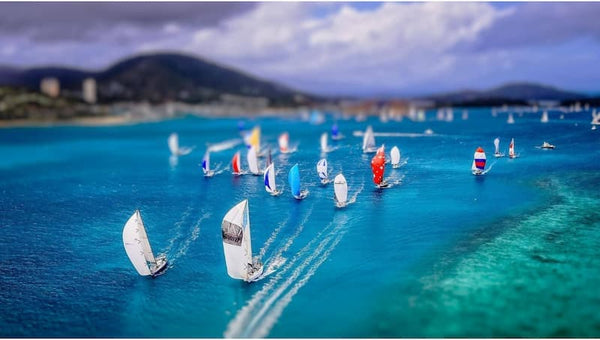
Hamilton Island Race Week 2025, the Whitsundays, Australia. Sailing activities, sponsors, dates, participating boats schedule, and programme.
This Wilson Prom Camping guide has got you covered from booking tips and campsite choices to what to pack for an amazing camping experience.


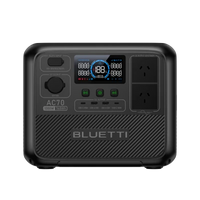
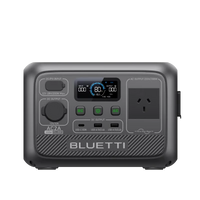
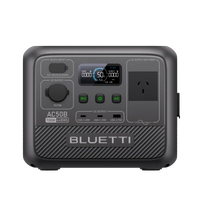

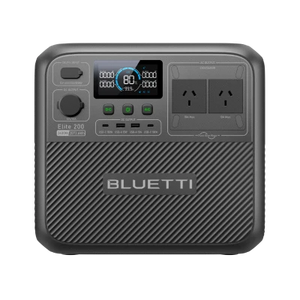
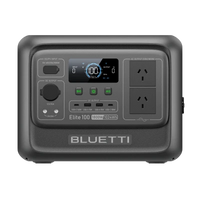
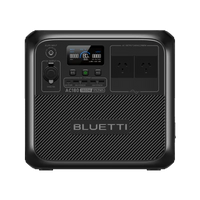
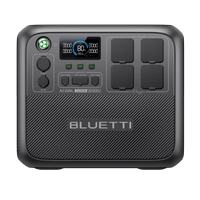
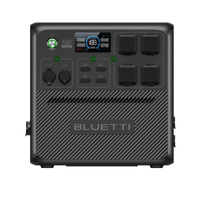
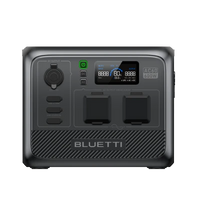
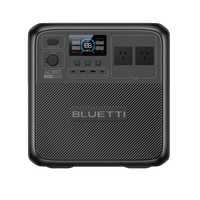


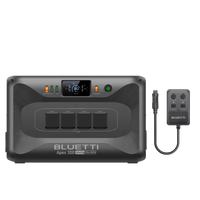

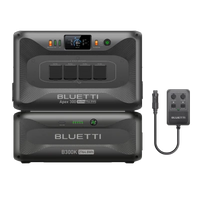
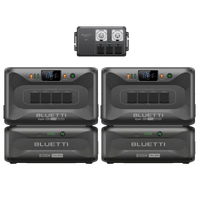
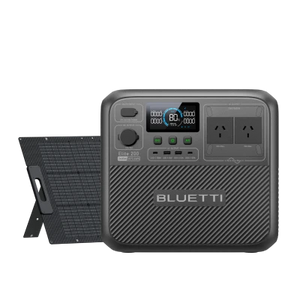
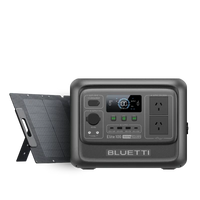
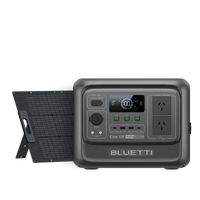
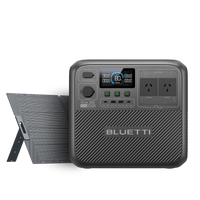
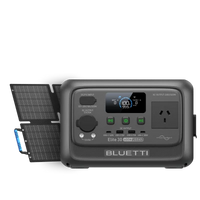
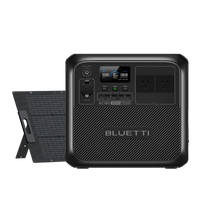
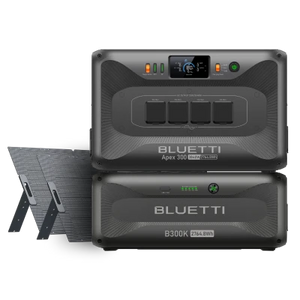
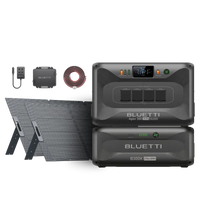
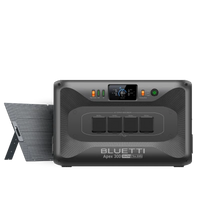
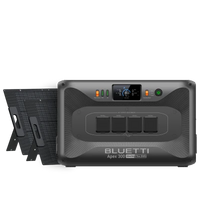
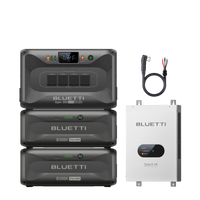

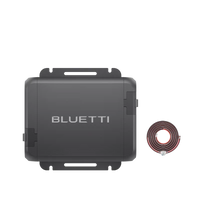
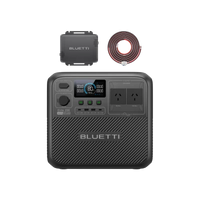
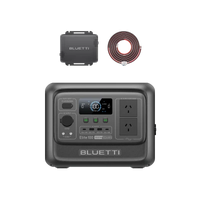
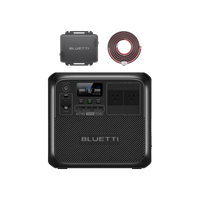
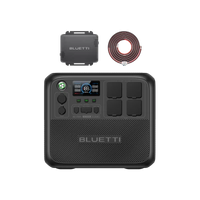
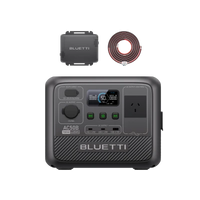
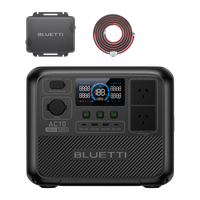


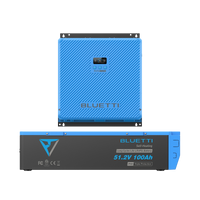
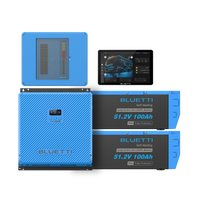
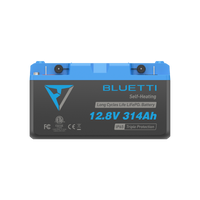
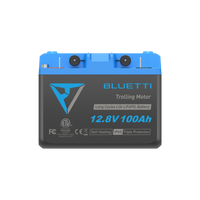
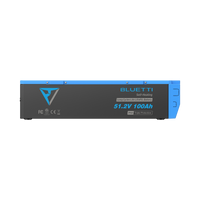
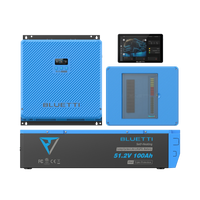
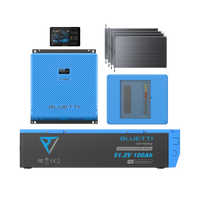
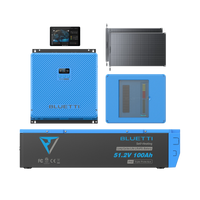
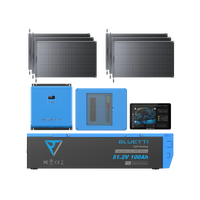

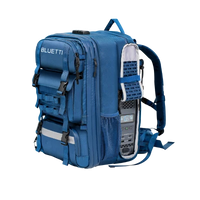


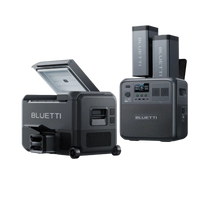
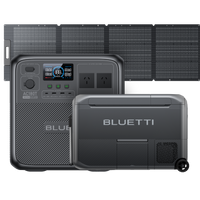
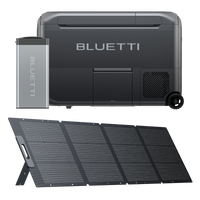
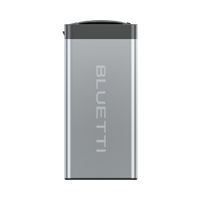
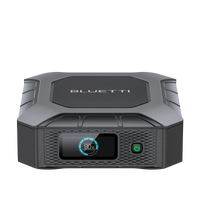
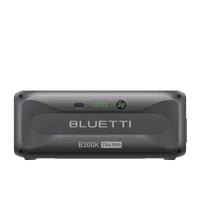

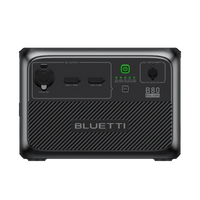
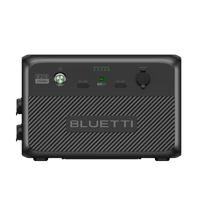

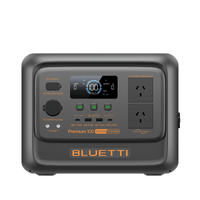
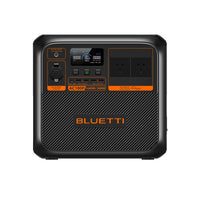

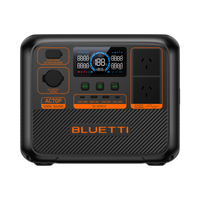
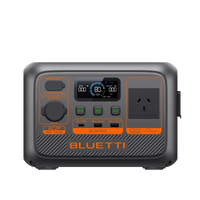
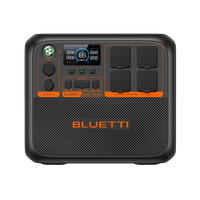
![[Phased Out] BLUETTI B80P Expansion Battery | 806Wh](http://www.bluettipower.com.au/cdn/shop/files/202310025B80P_2000-2000px_4_4caa0c1c-4dab-4272-9e9b-2b7507e5bd81.jpg?v=1713777870&width=200)
![[Phased Out] BLUETTI B210P Expansion Battery | 2,150Wh](http://www.bluettipower.com.au/cdn/shop/files/2_08cf9ef3-03a4-4489-b641-d3edb8094896.webp?v=1716016566&width=200)
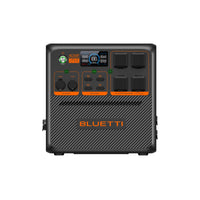
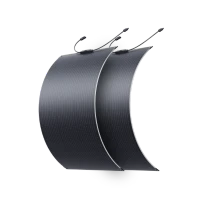
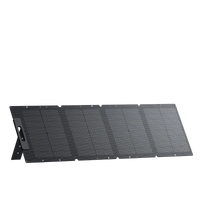
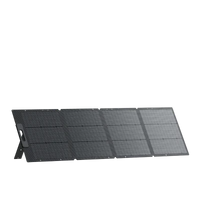
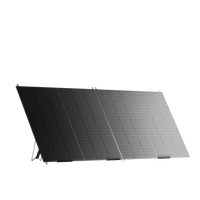

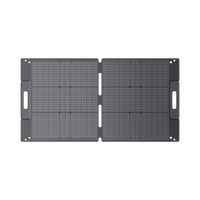

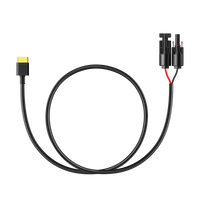
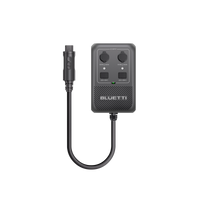
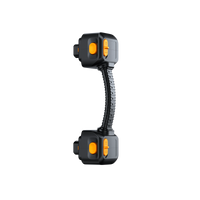
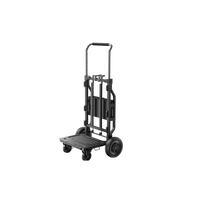
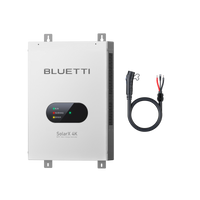
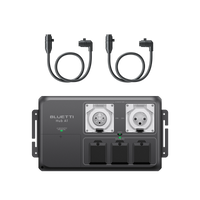
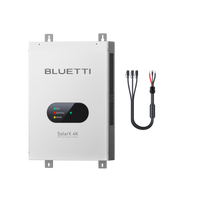
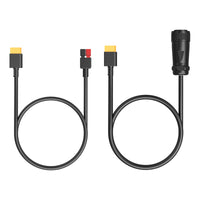
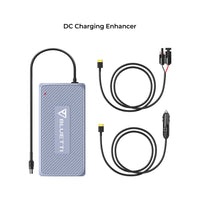
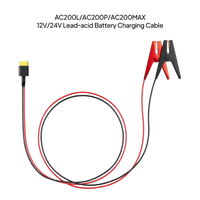
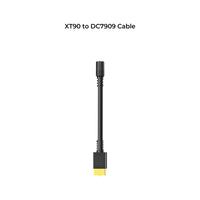
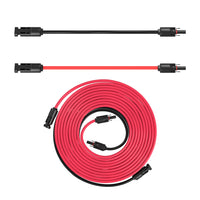
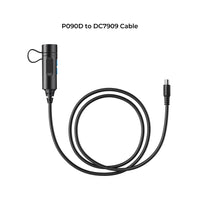
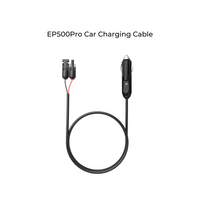
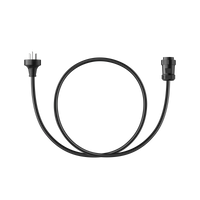
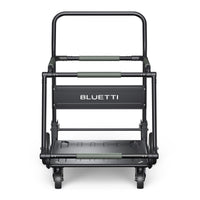
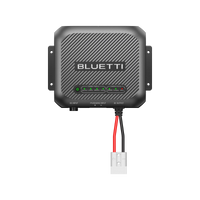
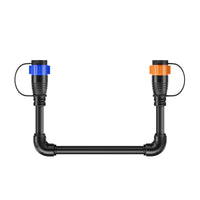



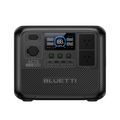
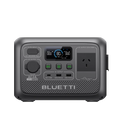
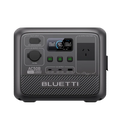


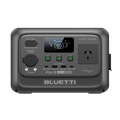
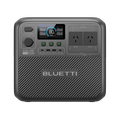
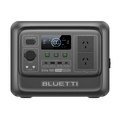
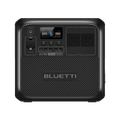
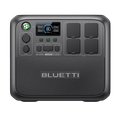
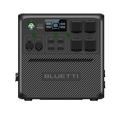
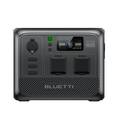
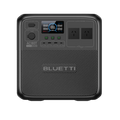


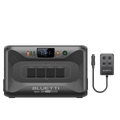

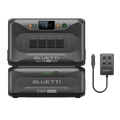
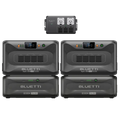




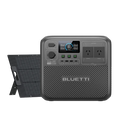
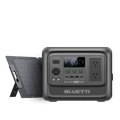
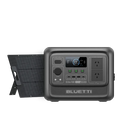
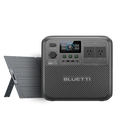
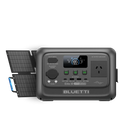
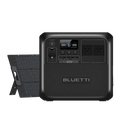
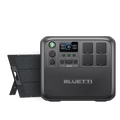
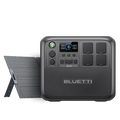




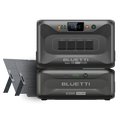
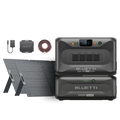
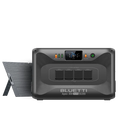
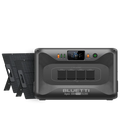
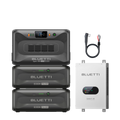


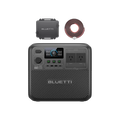
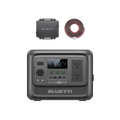
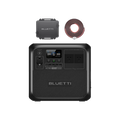


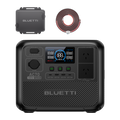
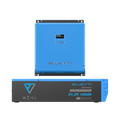
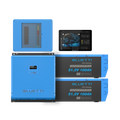
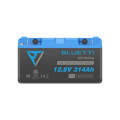
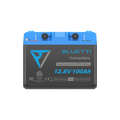
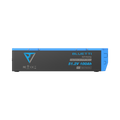
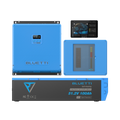
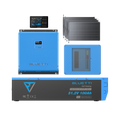
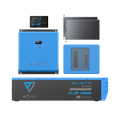
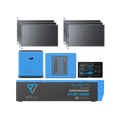
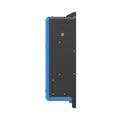




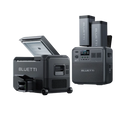
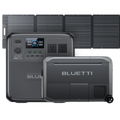
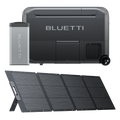
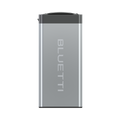
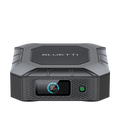
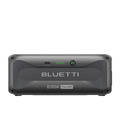

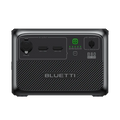
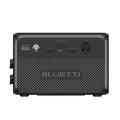
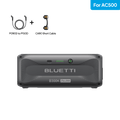
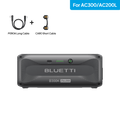
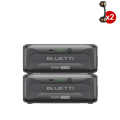
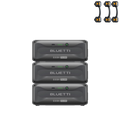




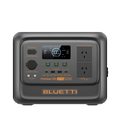
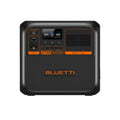

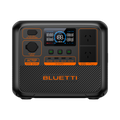
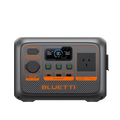

![[Phased Out] BLUETTI B80P Expansion Battery | 806Wh](http://www.bluettipower.com.au/cdn/shop/files/202310025B80P_2000-2000px_4_4caa0c1c-4dab-4272-9e9b-2b7507e5bd81.jpg?v=1713777870&width=120)
![[Phased Out] BLUETTI B210P Expansion Battery | 2,150Wh](http://www.bluettipower.com.au/cdn/shop/files/2_08cf9ef3-03a4-4489-b641-d3edb8094896.webp?v=1716016566&width=120)
